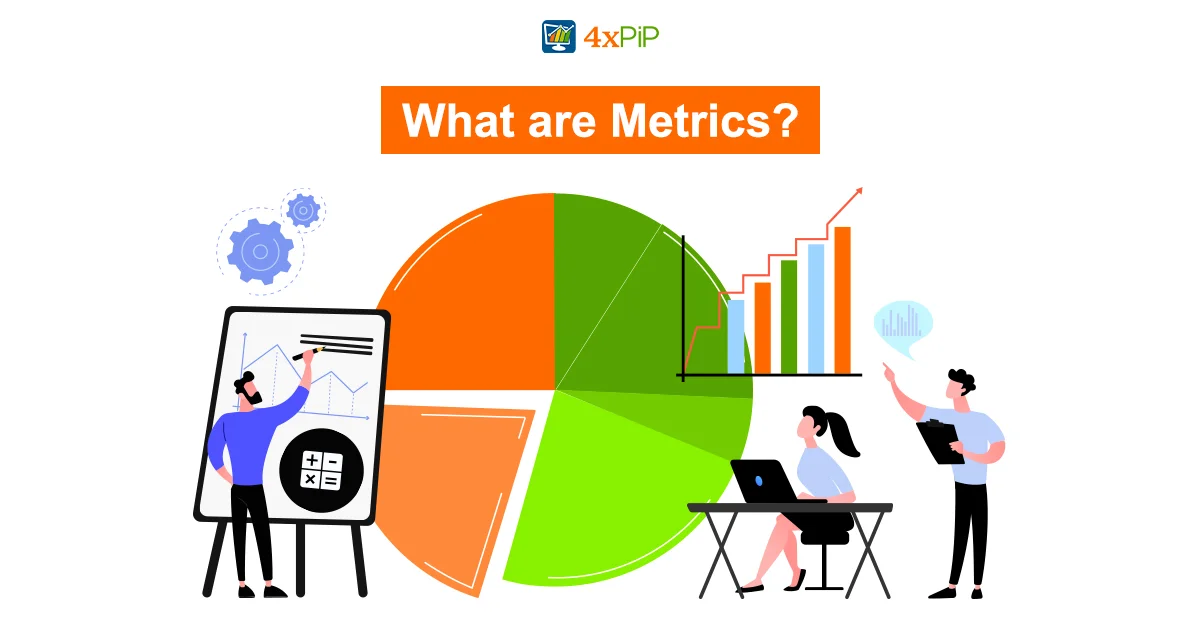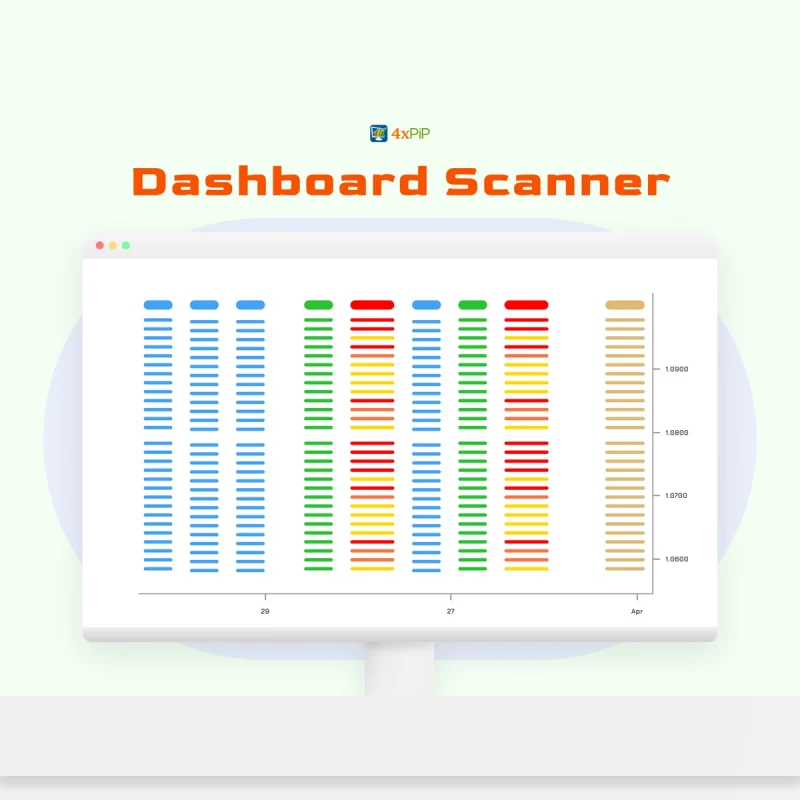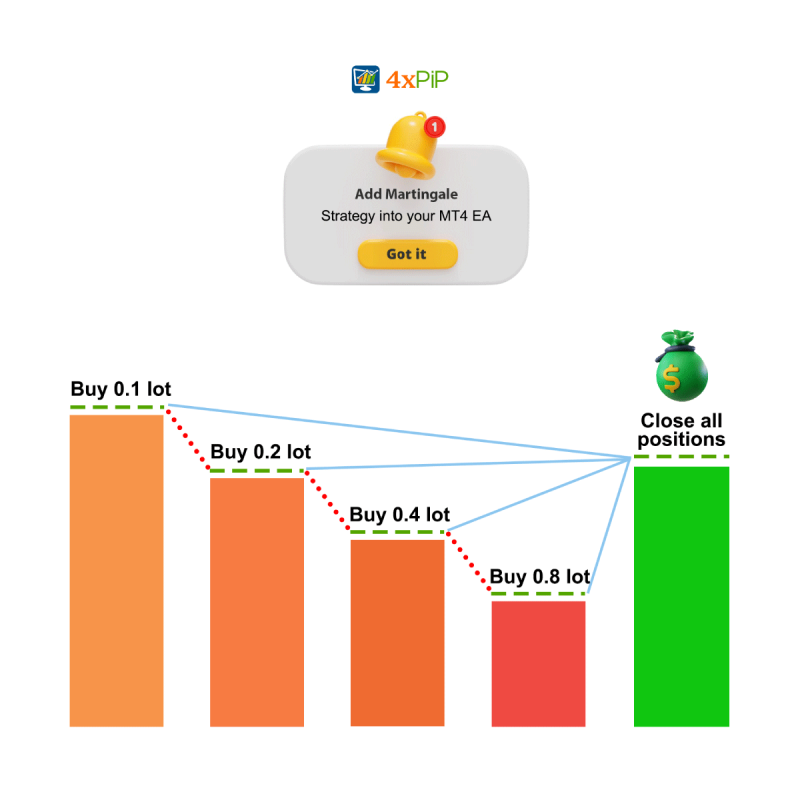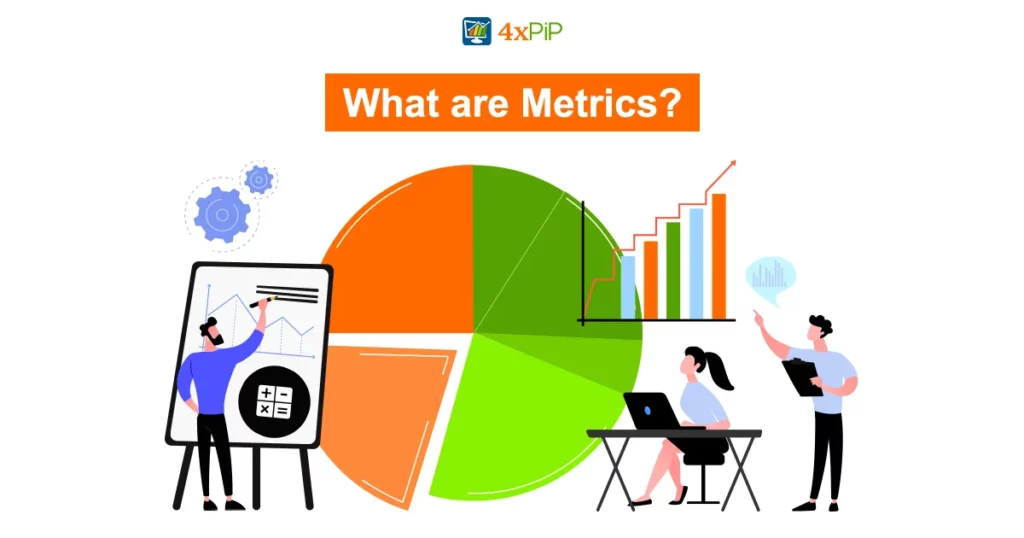In the ever-evolving realms of trading, business, and everyday life, metrics serve as invaluable tools for assessing, comparing, and tracking performance. Whether you’re a trader seeking clarity in the financial markets through technical indicators or a business leader aiming to enhance your company’s performance, metrics are your guiding stars. This blog, brought to you by 4xPip, equips both newcomers and experienced individuals with a deeper understanding of metrics and their practical applications, offering actionable insights and guidance.
Metrics:
This blog serves as a comprehensive resource for unleashing the power of metrics, from selecting the right metrics and monitoring them over time to utilizing them for informed decision-making and improvements. Whether you’re fine-tuning your trading strategy or enhancing your business’s performance, metric are your steadfast allies, offering clarity and direction in a complex world.
Quantifiable measurements, known as metrics, assess, compare, and track performance or production. They evaluate the success or failure of a process, product, or service and can identify areas for improvement while tracking progress over time.
Moreover, various settings, including business, government, and healthcare, use metrics. In business, metrics track sales, profits, customer satisfaction, and other key performance indicators (KPIs). Additionally, metrics are tools for tracking the performance of government programs and agencies. In the realm of healthcare, metrics track the quality of care and patient outcomes.
There are many different types of metrics, and the right metrics to use will vary depending on the specific situation. Some common types of metrics include:
-
Counts: These metrics track the number of things that happen, such as the number of customers visiting a website or the number of products sold.
-
Rates: These metrics track the frequency of something happening, such as the rate of customer churn or the rate of product defects.
-
Percentages: These metrics track the proportion of something, such as the percentage of customers satisfied with their experience or the percentage of defective products.
-
Dollar amounts: These metrics track the financial value of something, such as the total sales revenue or the total cost of goods sold.
Also, metrics can be used to build dashboards, which are visual representations of data that are used to track performance and identify trends. Dashboards can be used by managers and analysts to monitor KPIs and make decisions about how to improve performance.
Furthermore, the use of metrics is an important part of performance management. By tracking metrics, businesses can identify areas for improvement and make changes to enhance their performance. Metrics can also be used to set goals and track progress toward those goals.
Choosing Metrics:

Business executives, analysts, portfolio managers, and project managers have access to a variety of data sources that can be used to build and structure their metric analysis. This can make it difficult to choose the best metric for important assessments and evaluations.
Start with your goals. What do you want to measure? What are your objectives? Once you know your goals, you can start to identify the metrics that will help you track your progress.
Choose metrics that are relevant and actionable. The metrics you choose should be relevant to your goals and objectives. They should also be actionable, meaning that they should provide you with information that you can use to make decisions.
Use multiple metrics. No single metric can tell you everything you need to know. Use a variety of metrics to get a more complete picture of your performance.
Track your metrics over time. Tracking your metrics over time will help you see trends and identify areas where you can improve.
Make adjustments as needed. As your goals and objectives change, you may need to adjust your metrics. Be flexible and willing to make changes as needed.
Many different metrics can be used to measure performance. Some common metrics include:
- Sales: The total amount of revenue generated by a business.
- Profit: The amount of money that a business makes after subtracting its expenses.
- Customer satisfaction: The degree to which customers are happy with a business’s products or services.
- Employee satisfaction: The degree to which employees are happy with their jobs.
- Productivity: The amount of work that is done in a given amount of time.
- Waste: The amount of materials or resources that are wasted.
- Reliability: The likelihood that a product or service will work as expected.
- On-time delivery: The percentage of orders that are delivered on time.
- Customer churn: The rate at which customers stop doing business with a company.
These are just a few examples of the many different metrics that businesses can use to measure performance. However, the specific metrics to use will vary depending on the particular business and its goals.
Moreover, in addition to the general principles mentioned above, some specific methods can help choose metrics. One such method is called applied information economics, developed by Douglas Hubbard. This approach assists businesses in identifying the metrics with the most significant impact on their bottom line.
Furthermore, another method for selecting metrics is cost-benefit analysis, which compares the costs of implementing a metric to the expected benefits it will generate.
Lastly, forecasting and Monte Carlo simulation are two methods that businesses can use to predict the future value of a metric. These techniques can be helpful for businesses in deciding which metrics to track.
Examples of Metrics:
Organizations use metrics to measure performance in a variety of areas, including economics, business, and project management. Some common metrics include:
Economic metrics: These metrics measure the overall health of an economy. Some examples include gross domestic product (GDP), inflation, and unemployment rate.
Operational company metrics: These metrics measure the performance of a specific company. Some examples include sales, earnings before interest and tax (EBIT), net income, earnings per share, margins, efficiency ratios, liquidity ratios, leverage ratios, and rates of return.
Portfolio management metrics: These metrics are used to measure the performance of a portfolio of investments. Some examples include return on investment (ROI), risk-adjusted return, and Sharpe ratio.
Project management metrics: Lastly, these metrics are used to measure the progress and success of a project. Some examples include time to completion, budget, scope, quality, and risk.
The specific situation will determine the metrics used. For instance, a company aiming to improve customer satisfaction might track metrics like customer satisfaction surveys and customer churn rates. Additionally, a portfolio manager could use metrics such as risk-adjusted return and Sharpe ratio to make investment decisions. Moreover, a project manager would monitor metrics like time to completion and budget to ensure the project stays on track.
Metrics in Everyday Life:

Metrics are not limited to businesses or experts; they’re an integral part of our everyday lives. For instance, consider how, when counting your daily steps, you’re essentially measuring your activity level. Similarly, when checking the temperature outside, you rely on a metric to decide what to wear. Hence, metrics surround us, aiding in making informed choices.
Moreover, consider the role of metrics in tracking your finances. You measure your income, expenses, and savings to ensure financial well-being. This simple budgeting represents a form of using metrics in your daily life. Whether tracking your exercise, monitoring your household budget, or gauging the performance of your favorite sports team, metrics serve as the tools that make these evaluations possible.
In essence, metrics empower us to understand, evaluate, and enhance our world, thus making both the complex and routine aspects of life clearer and more manageable. Additionally, the next time you glance at your step count or compare prices at the grocery store, remember—you’re utilizing metrics to measure and improve your everyday experiences.
Summary:
In the dynamic world of trading and beyond, metrics play a pivotal role by assessing, comparing, and tracking performance across various domains such as business, government, or daily life. Furthermore, these quantifiable measurements provide valuable insights, guide decision-making, and help evaluate the success or failure of processes, products, or services. Whether you’re a trader seeking to navigate the financial markets effectively using technical indicators or, as a business leader, aiming to enhance performance, metrics serve as your compass.
Moreover, 4xPip presents this blog, equipping both beginners and experienced individuals with a deeper understanding of metrics and their applications, offering actionable insights and guidance. From choosing the right metrics and tracking them over time to utilizing them for decision-making and improvements, this blog serves as a comprehensive resource for unleashing the power of metrics. Whether you’re optimizing your trading strategy or improving your business’s performance, metrics are your indispensable ally, providing clarity and direction in a complex world.












